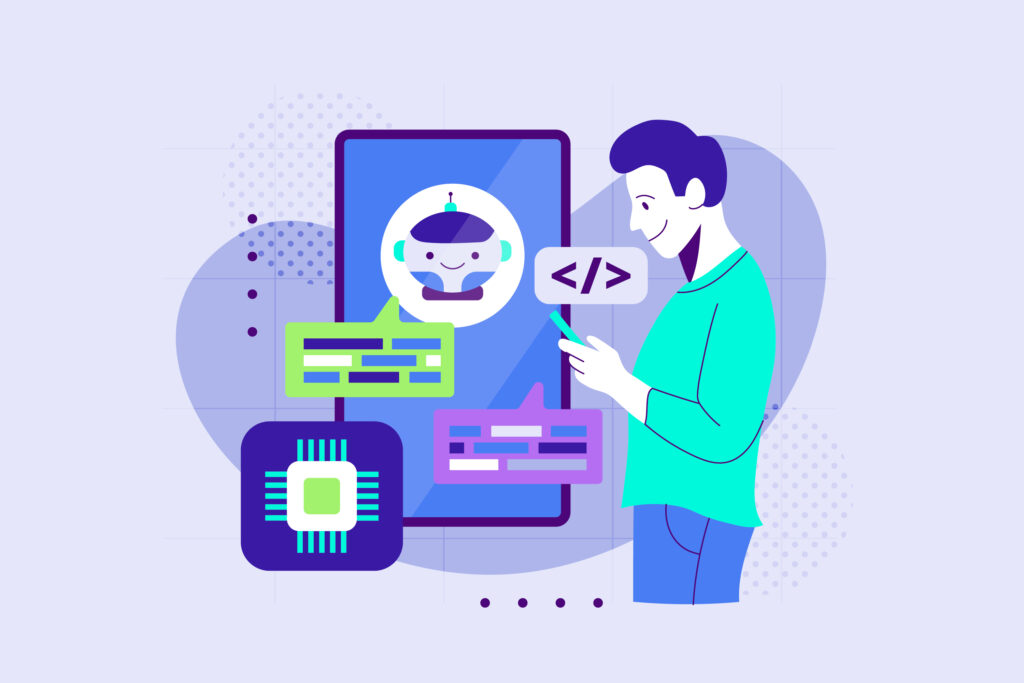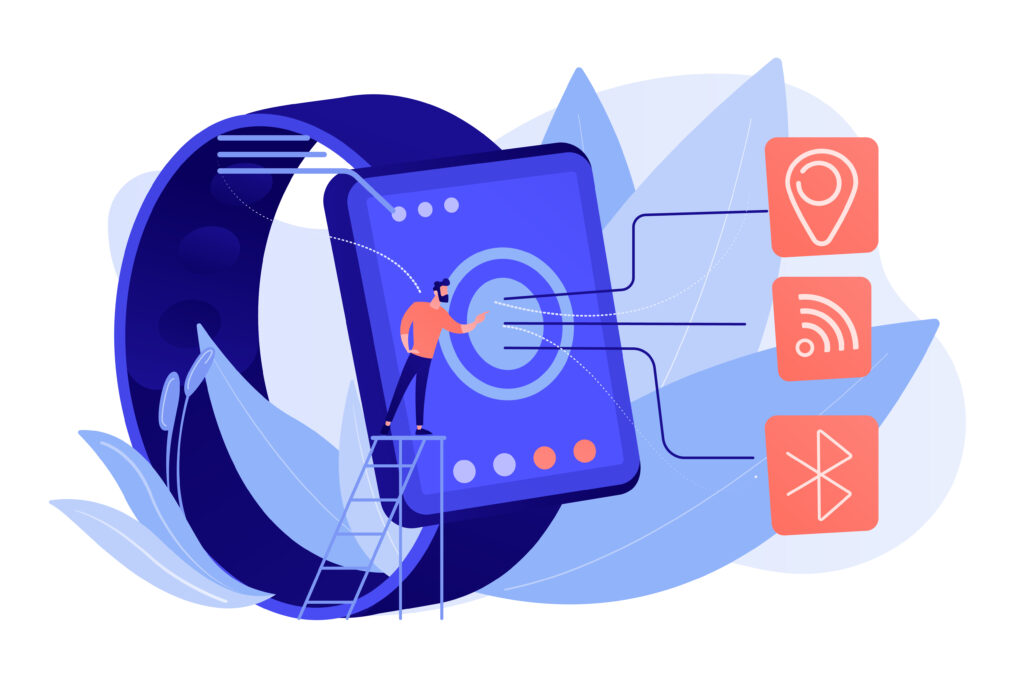The world of connected devices is booming — from smart home assistants to industrial monitoring systems. But before any Internet of Things (IoT) product reaches the hands of users, it starts with a prototype.
IoT prototype development is the process of turning an idea into a functional, testable version of a device. It’s where you move from concept to reality — and it’s one of the most critical stages in IoT product development.
In this post, we’ll walk you through what IoT prototyping is, why it matters, and how to build your own.
What Is IoT Prototype Development?
An IoT prototype is an early, working model of a connected device. It combines hardware (sensors, processors, communication modules), software (firmware, cloud integration), and interfaces (apps or dashboards) into a single proof of concept.
The purpose is to test, validate, and iterate before committing to large-scale production.
Why Prototyping Is Essential
Prototyping helps you:
- Validate your idea: Does it work? Will users care?
- Identify technical issues early: Power usage, connectivity, usability.
- Speed up product-market fit: Get feedback fast and improve.
- Raise funding or support: Show investors or partners something real.
- Avoid costly mistakes: Fixing errors later in production is expensive.
The 4 Key Stages of IoT Prototype Development
Let’s simplify the journey from idea to working prototype into four core steps.
1. Define the Problem and Use Case
Before picking components or writing code, get clear on:
- Who is the user?
- What problem are you solving?
- Where will the device be used? (indoor, outdoor, remote?)
- What data do you need to collect or send?
This stage sets the foundation for everything else.
2. Choose Your Core Components
Pick based on your needs — keep it simple.
- Microcontroller: ESP32 (for Wi-Fi/Bluetooth), Arduino (for simplicity), or Raspberry Pi (for more power).
- Sensors: Temperature, motion, moisture, location — whatever your use case needs.
- Connectivity: Wi-Fi for home, LoRa/NB-IoT for long-range, Bluetooth for wearables.
- Power: USB, battery, or solar? Test for battery life early.
Start with off-the-shelf dev boards and modules to move quickly.
3. Build and Program the Prototype

Assemble your components using a breadboard or prototyping shield. Then:
- Write firmware to read sensor data and send it via Wi-Fi/Bluetooth.
- Use free cloud tools like Blynk, ThingSpeak, or Firebase for real-time monitoring.
- Build a simple app or dashboard to visualize your data.
Focus on function over polish — prove the concept works.
4. Test and Improve
Try your prototype in the real world:
- Does the data make sense?
- Is the connection reliable?
- How long does the battery last?
- Is it easy to use?
Take notes. Break things. Fix what matters. Then iterate.
Real-World Example: Smart Plant Monitor
Use case: Notify users when a plant needs water.
- Hardware: Soil moisture sensor + ESP32
- Power: USB or rechargeable battery
- Connectivity: Wi-Fi
- Software: Sends data to Blynk app every 30 mins
- Prototype goal: Test accuracy and battery life in home environment

Final Thoughts
Prototyping is where your IoT idea takes its first real breath. It’s the bridge between vision and reality — where assumptions are tested, functionality is validated, and user feedback becomes gold. But building an effective prototype isn’t just about assembling parts — it’s about strategy, speed, and smart execution.
That’s where a custom IoT prototype development company can make all the difference.
With the right partner, you gain access to experienced engineers, proven development frameworks, and end-to-end support — from selecting the right components to building the firmware, integrating cloud systems, and refining the user experience. Instead of getting stuck in trial and error, you move faster, avoid costly detours, and stay focused on your product vision.
If you’re ready to turn your IoT idea into a working, investor-ready prototype, a custom IoT partner can help you bring it to life — smarter, faster, and with confidence.
Leave a Reply